- About us
- Support the Gallery
- Venue hire
- Publications
- Research library
- Organisation chart
- Employment
- Contact us
- Make a booking
- Onsite programs
- Online programs
- School visit information
- Learning resources
- Little Darlings
- Professional learning
The appearance of vendors of ornamental plants ‘all a-blooming, all a-blowing’ in cries collections from the late 1790s onwards1 indicates the burgeoning enthusiasm of urban Britons for domestic gardening. Inspired by the botanical discoveries of 18th century exploration and scientific classification, and informed by the writings of picturesque and gardenesque theorists such as Humphry Repton and Uvedale Price, the English vogue for the suburban garden is also signalled by the establishment of the Royal Horticultural Society in 1804, and by publications such as John Loudon’s Encyclopaedia of gardening (1822), William Cobbett’s The English garden (1829) and the popular journal The Gardener’s Magazine (1826–44).
Nothing has been discovered about the Norfolk gardener Mr Copeman, but he is occupationally identifiable by his blue apron and by the potted roses and mustard flowers he carries in his huge hands, as well as by the curving beds at his feet in which more roses, as well as tulips and pansies, grow in stylised, china-decoration array. Copeman may have been an outdoor servant on a gentleman’s estate, or possibly an employee of the Royal Nursery, a commercial horticultural enterprise established at Yarmouth by Edward Youell.
Collection: Tasmanian Museum and Art Gallery, presented by C. Docker, 1956
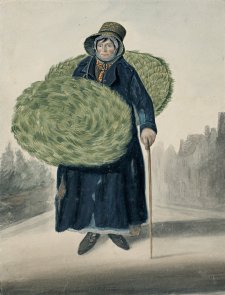
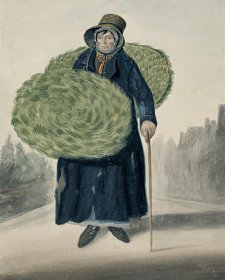
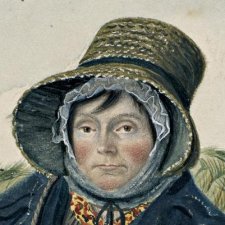
Dempsey’s People curator David Hansen chronicles a research tale replete with serendipity, adventure and Tasmanian tigers.
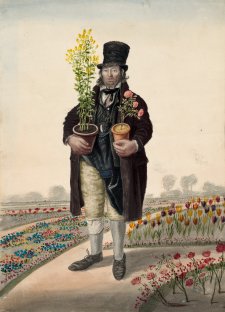
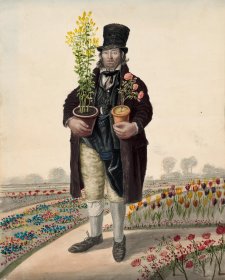
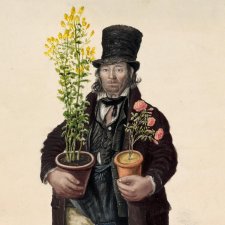
Dempsey’s people: a folio of British street portraits 1824–1844 is the first exhibition to showcase the compelling watercolour images of English street people made by the itinerant English painter John Dempsey throughout the first half of the nineteenth century.



Visit us, learn with us, support us or work with us! Here’s a range of information about planning your visit, our history and more!